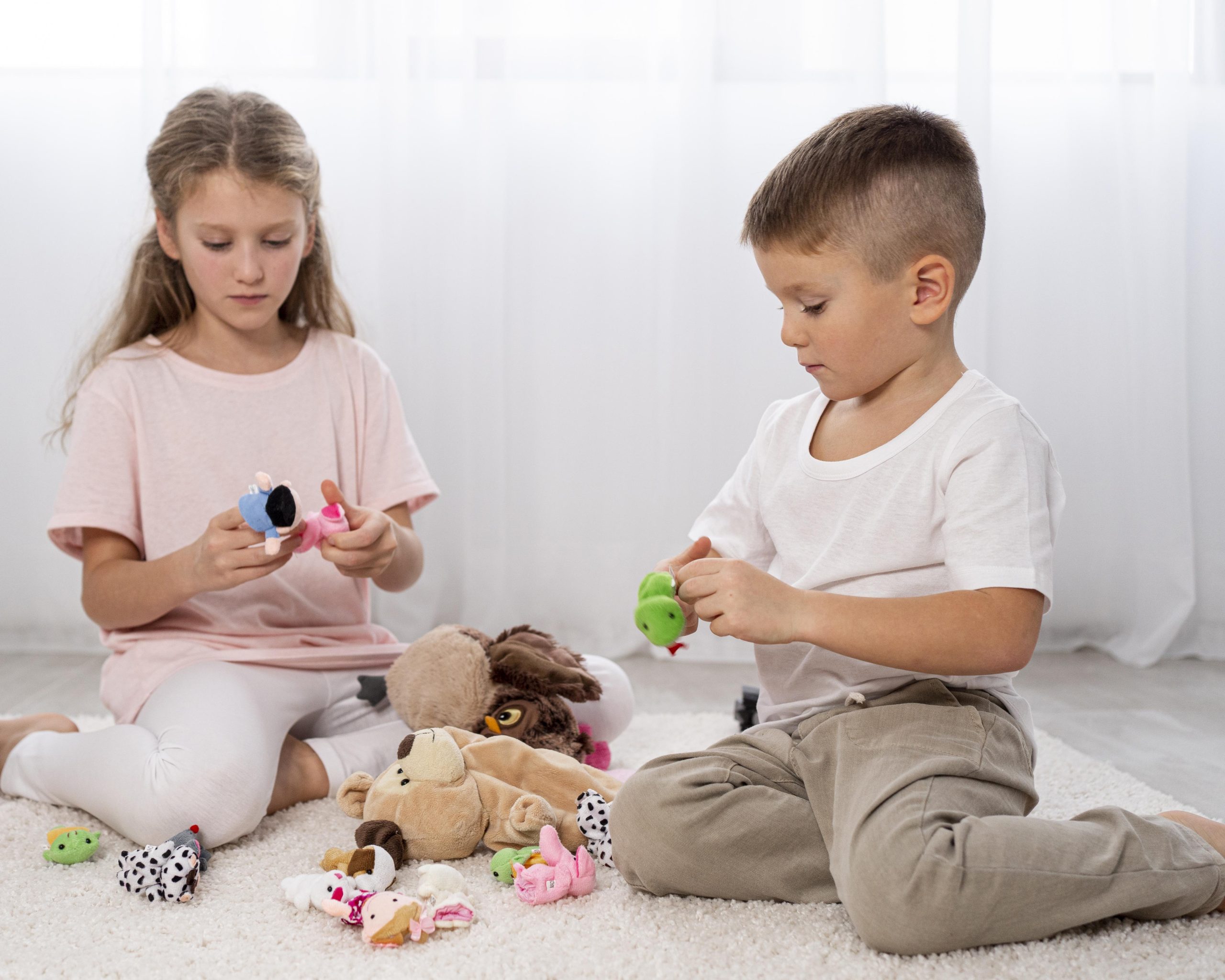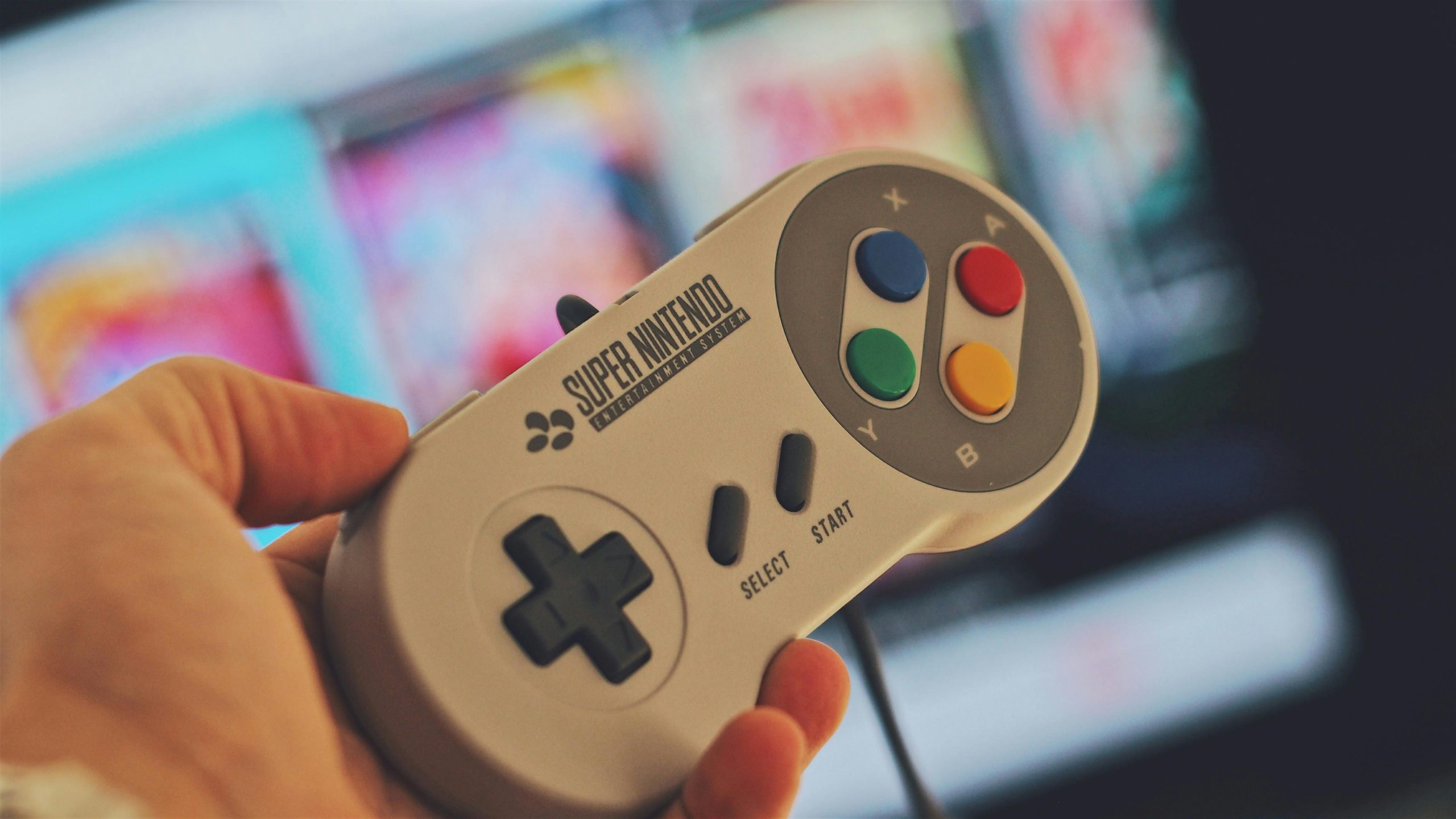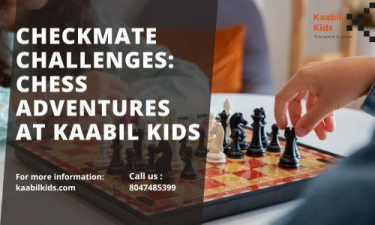Extensive research underscores the vital significance of toy play in children’s developmental journey. Toys spark imaginative play, captivating children of all ages. Yet, they’re more than entertainment; they’re tools fostering cognitive, social, and emotional growth. As a result of the play, best learning toys online may help youngsters learn practical skills that will help them throughout their lives. Numerous studies have demonstrated that children learn best when they connect with others.
Why Should You Use Toys as a Different Learning Medium?
The impact that games, activities, and challenges have on a child’s development and growth is significant. A child’s primary methods of learning are usually play, social and emotional development, and motor skill refinement.
Interactive and enjoyable toys serve as valuable tools for enriching the education of school-aged children. By integrating learning concepts into playtime, children reinforce their understanding of school lessons engagingly. Furthermore, when children derive enjoyment from educational toys, they are more inclined to engage with them actively, solidifying their grasp of the material learned.
We’ve compiled a list of all the mental, physical, emotional, and social advantages that using toys as an alternate form of instruction may provide for your children.
Infants
Playthings Infants have a lot to learn about the world, and they are eager to learn it. For them, every new form, hue, texture, flavor, and sound is a teaching moment. Providing your infant with safe and engaging toys will aid in his sensory exploration. Babies’ favorite toys generate sound, like rattles. Babies find toys with clashing hues intriguing and visually stimulating. As they develop, babies may investigate cause-and-effect relationships and object permanence with toys. In order to improve their hand-eye coordination and motor abilities, they also require items like blocks.
Toddler Toys
Compared to when they were younger, toddlers can now play with a larger selection of toys. It’s okay if they still find enjoyment in some of the items they used to play with as infants. As their knowledge grows, the same blocks they played with a year or two ago might provide them with new and varied educational possibilities. However, they also require toys that are made with children of that age in mind. Toddlers benefit greatly from shape sorters. They provide parents the chance to educate their children on the names of the shapes and teach them how to match related objects. While they hone their motor abilities, children may learn more about symmetry and color using Lego bricks.
Preschool and School-Aged Children’s Toys
It’s important to start teaching kids about letters, numbers, and language when they reach preschool age. This kind of learning is supported by a wide range of toys, from basic letter puzzles to sophisticated technological devices. Exposing your kid to concepts she will learn in school can offer her a head start. Engaging educational toys supports school-age children’s learning by integrating fun with practice, aiding better retention of concepts learned in school. Additionally, your kid is more likely to play with an educational item she enjoys, which will reinforce the lessons she has learned.
The Benefits of Toys for Children and Their Significance
A child’s development is aided by toys, which offer several advantages that support learning and development. The following are some of the ways that toys aid in a child’s development and why they are significant to them:
1. Encourage creativity and imagination
Toys spark creative play, fostering imagination and problem-solving. Whether with dolls or action figures, kids craft stories, honing creativity and narrative skills.
2. Promote Cognitive Growth
Kids may develop their logical reasoning, critical thinking, and spatial awareness with the use of educational toys, puzzles, and building blocks. Toys enhance skills, aiding cognitive growth.
3. Encourage Social Skills
A lot of toys are designed to promote communication, collaboration, and social connection. Children learn how to share, take turns, and solve issues through cooperative playsets and board games, which enhances their social skills.
4. Encourage coordination and physical fitness
Bicycles, sports toys, and outdoor toys encourage movement and the growth of gross motor abilities. Children who engage in active play have better balance, coordination, and general physical condition.
5. Promote Language Acquisition
Books, letter number-themed puzzles, and interactive toys with audio components are examples of toys that promote language abilities. They provide a strong basis for efficient communication by improving vocabulary, reading comprehension, and speech development.
6. Promote Emotional Development
Playing with dolls, plush animals, and puppets fosters emotional expression and empathy in kids. Through imaginative play, they develop understanding, control, and social skills, laying a foundation for healthy emotional development.
Offering a varied selection of toys that address their interests and developmental requirements can foster an atmosphere that supports their talents, abilities, and general well-being.
Conclusion
At Toy Fort, the best educational toy for kids strikes the ideal mix of enjoyment and knowledge. As a result, we provide unique and imaginative toys that undergo several months of testing and study before they are released. They are also brimming with resources to support your child’s whole growth, including emotional and cognitive intelligence from every viewpoint. Each toy is created by skilled toy makers using materials of the highest caliber. To assist the kid in establishing a favorable attitude toward learning, we have a broad choice of educational toys grouped according to the child’s age and interests.






